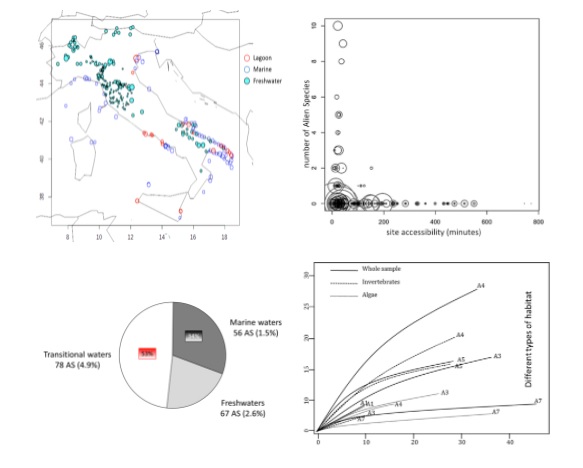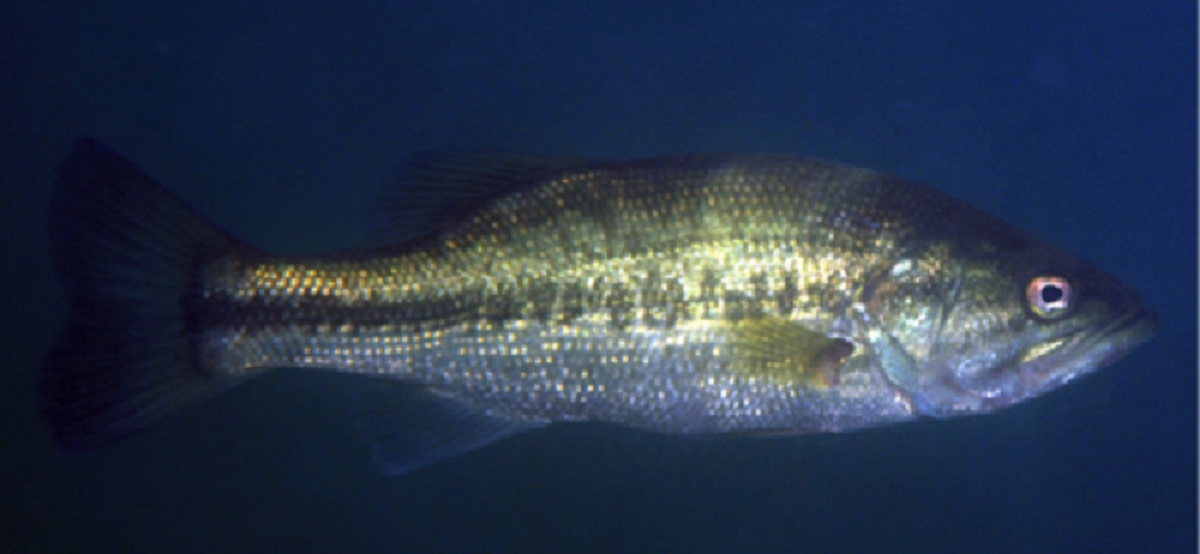eTraining
Images gallery
Natura 2000
Natura 2000 is the main instrument of the European Union policy for the conservation of biodiversity. It is an ecological network spread throughout the Union, established pursuant to Directive 92/43/CEE “Habitat” to ensure the long-term maintenance of natural habitats and species of flora and fauna that are threatened or rare at community.
The Natura 2000 network is made up of the Sites of Community Interest (SCI), identified by the Member States in accordance with the Habitats Directive, which are subsequently designated as Special Conservation Areas (SACs), and also includes Special Protection Areas (SPAs) established pursuant to Directive 2009/147/CE “Birds” concerning the conservation of wild birds.
The areas that make up the Natura 2000 network are not strictly protected reserves where human activities are excluded; the Habitat Directive intends to guarantee the protection of nature also taking into account “economic, social and cultural needs, as well as regional and local particularities” (Art. 2). Private entities can own Natura 2000 sites, ensuring their sustainable management from both an ecological and an economic point of view.
The Directive recognizes the value of all those areas in which the centuries-old presence of man and his traditional activities has allowed the maintenance of a balance between human activities and nature. Agricultural areas, for example, are linked to numerous animal and plant species that are now rare and threatened for whose survival it is necessary to continue and enhance traditional activities, such as grazing or non-intensive agriculture. The same title of the Directive specifies the objective of conserving not only natural habitats but also semi-natural ones (such as traditional agriculture areas, woods used, pastures, etc.).
Another innovative element is the recognition of the importance of some landscape elements that play a connecting role for wild flora and fauna (art. 10). Member States are invited to maintain or if necessary develop these elements to improve the ecological coherence of the Natura 2000 network.
In Italy, SIC, le ZSC e le ZPS cover a total of about 19% of the national terrestrial territory and more than 13% of the marine one.
SUSCEPTIBILITY TO ALIEN SPECIES INVASIONS
Select the input values and start the execution with the “Run the workflow” button.
|
|
Ecosystem vulnerability to invasive and alien species – showcase
Experimental design and results
Data were collected at site level for several taxonomic group in different ecodomains (freshwater, lagoons, terrestrial and marine environments). When necessary, data were enriched with abiotic variables (i.e. local average temperature, average precipitation amount, chlorophyll, etc.) to perform further analyses.
In order to evaluate which variables best predict the occurrence of Alien Species in a site, the dataset, aggregated by taxonomic group (the level of aggregation was not the same for the different analyses), was analysed using a GLMM (Generalized Linear Mixed Model). Mixed models are powerful and flexible and well suited for the data collected in the case study (for details of statistical analysis see the paper published).
Currently, the workflow expects as input a dataset already available in the LifeWatch Italy Dataportal. The workflow will do some operations on the input dataset in order to perform the statistical analyses described above. As output the workflow will return tables and graphs associated to the GLMM output.

Showcase Team
Freshwaters Database manager
Angela Boggero
Marine Database manager
Cataldo Pierri
Transitional Waters Database manager
& Metadata manager
Ilaria Rosati
IT specialist
Nicola Fiore
Experimental design and statistical analysis
Paolo Colangelo
Architecture and development of Alien Species VRE components
Paolo Tagliolato
Paolo Colangelo
Alessandro Oggioni
Data providers
List
Publications AS
- Boggero, A., Pierri, C., Alber, R. et al. (2016). A geographic distribution data set of biodiversity in Italian freshwaters. Biogeographia – The Journal of Integrative Biogeography 31: 55–72. DOI:10.21426/B631132737
- Corriero, G., Pierri, C., Accoroni, S. et al. (2016). Ecosystem vulnerability to alien and invasive species: A case study on marine habitats along the Italian coast. Aquatic Conservation: Marine and Freshwater Ecosystems, 26, 392-409. DOI: 10.1002/aqc.2550
- Boggero, A., Basset, A., Austoni, M. et al. (2014). Weak effects of habitat type on susceptibility to invasive freshwater species: an Italian case study. Aquatic Conservation: Marine and Freshwater Ecosystems, 24, 841-852. DOI: 10.1002/aqc.2450
Coordination Team

Giuseppe Corriero
LifeWatch Italy,
Università di Bari
giuseppe.corriero[at]uniba.it

Angela Boggero
LifeWatch Italy,
CNR
angela.boggero[at]cnr.it

Paolo Colangelo
LifeWatch Italy,
CNR
paolo.colangelo[at]uniroma1.it

Cataldo Pierri
LifeWatch Italy,
CNR
cataldo.pierri[at]uniba.it

Paolo Tagliolato
LifeWatch Italy,
CNR
tagliolato.p[at]irea.cnr.it

Nicola Fiore
LifeWatch ERIC,
Service Centre
nicola.fiore[at]lifewatch.eu

Ilaria Rosati
CNR,
Institute of Ecosystem Study
ilaria.rosati[at]cnr.it

Alberto Basset
LifeWatch Italy,
University of Salento
alberto.basset[at]unisalento.it

Lucia Vaira
LifeWatch ERIC,
Service Centre
lucia.vaira[at]lifewatch.eu

Maria Teresa Manca
LifeWatch ERIC,
Service Centre
mteresa.manca[at]lifewatch.eu

Alessandro Oggioni
CNR Electromagnetic Sensing of the Environment (IREA), Remote Sensing Department
oggioni.a[at]irea.cnr.it
Services
Alien Species VRE
This type of study requires the assemblage of a vast data set from multiple biological communities. To address this research the Alien Species VRE provides access to data resources and species lists, which are the backbone to address intrinsic habitat/ecosystem vulnerability to biological invasions, and which are generally unorganized and unavailable as on-line services. The Alien Species VRE was conceived and built as easily accessible to stakeholders to overcome these obstacles.
The Alien Species VRE allows the study of the presence and distribution of Alien Species, and their relationships with native species through a macroecological approach. It considers different taxonomic groups, ecosystem functions and properties, patterns and vectors of Alien Species introduction, and impacts influencing their presence and distribution at local/global level.
Within the Alien Species VRE users have access to environmental and climatic data, and numerous other layers of information for the study of Alien Species distribution. Stakeholder can reproduce the same type of research using their own data, but only after uploading them into the system and after passing the quality control for biological data offered by the LifeWatch Italy Data Portal.
The structure of the Alien Species VRE gives access to biodiversity data, to the Alien Species Thesaurus for the definition of alien species, to additional metadata, workflows, tools for statistical analysis, and on line services.
The list of capabilities offered is as follow: data interoperability, quality assurance, definition of process and metadata for the domains of interest, niche modelling techniques and tools, biological distribution maps, environmental suitability maps.
We also use third-party cookies that help us analyse how you use this website, store your preferences, and provide the content that is relevant to you. These cookies will only be stored in your browser with your prior consent.
You can choose to enable or disable some or all of these cookies but disabling some of them may affect your browsing experience.
